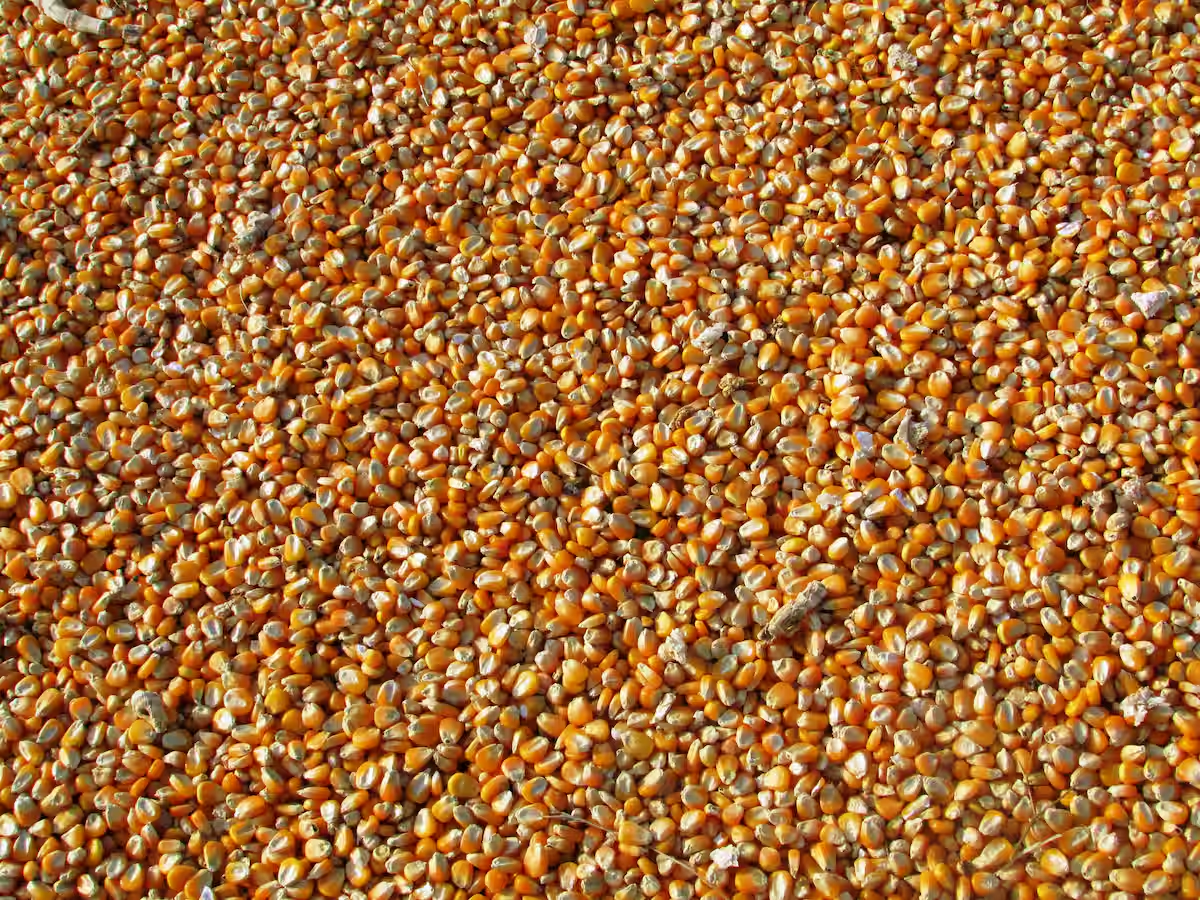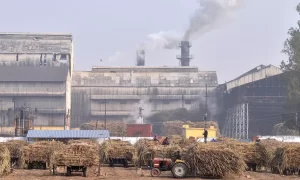Punjab agri experts raise concern over water-guzzling spring maize

Farmers in Punjab are increasingly favoring spring maize, raising concerns among experts due to its high water demand amidst the state’s declining groundwater table. With the area under spring maize reaching 1.8 lakh hectares this season, Punjab Agricultural University (PAU) warns against its cultivation from February to June. PAU Vice-Chancellor SS Gosal urges a shift towards kharif maize to mitigate water depletion, emphasizing its suitability over paddy. Spring maize, prized for its high yield and demand in the ethanol industry, faces scrutiny for its impact on water resources and ecology.
Spring maize, sown from February to June, has become a favourite of farmers in the state, forcing the agricultural experts to raise a red flag as the crop, which needs more water to sustain something which Punjab, with its fast-depleting groundwater table, can’t afford.
According to the figures provided by Punjab Agricultural University (PAU), in 2023, the area under spring maize was 1.5 lakh hectares, and it’s likely to touch 1.8 lakh hectares this season.
“Groundwater depletion is already an overarching sustainability concern of the agriculture in Punjab. This decline is attributed to rice encroaching over the area under other traditional crops, and maize grown in the spring is also contributing to the crisis,” said SS Gosal, PAU vice-chancellor.
The V-C urged the farmers to stop growing maize in February-June month but wants its area to increase under the kharif season at the cost of paddy.
Spring maize is generally preferred by farmers in Jalandhar, Hoshiarpur, Ropar, Nawanshahr, Ludhiana, and Kapurthala as it not only gives a higher yield per acre than wheat and has a high demand in the ethanol industry. The state has over a dozen ethanol manufacturing plants, which have a production capacity of 30 lakh litres every day.
According to director agriculture Jaswant Singh the spring maize requires about 105 cm of water, spread over 15 to 18 irrigation cycles, however when its sowing slips further into March or beyond, its water usage rises considerably. In comparison, paddy requires 140-160 cm of water under a conventionally transplanted system, whereas short-duration PR126 needs 125 cm of water.
Why farmers prefer spring maize?
In the late 1990s, some enterprising potato and pea farmers in the Doaba region made successful forays in sandwiching spring maize as the third crop in the time intervening between two already remunerative crops potato, pea or rice. Low temperature and less humidity provided a congenial high-yielding atmosphere, and with low weed, pest pressure and prolonged vegetative phase, it dwarfed kharif maize performance. The pitch by the private seed industry players also played a key role in this transformation.
The crop is spread over five months from February onwards, and for its long duration, it gives fodder for livestock and later corn for the ethanol industry. “There are 110 silage units which use green fodder and 13 ethanol-producing units, due to which maize is in high demand,” said Sunder Sandhu, senior scientist and principal maize breeder.
Also, spring maize gives up to 40 quintal yield per acre, and it sells at a price between ₹1,600 and ₹1,700 per quintal, taking each acre earning to ₹65,000. So farmers prefer maize over paddy. Paddy gives an acre yield of up to 22 quintals and has an MSP fixed at ₹ 2,090,” he said.
Special thrust on ethanol-blended petrol (EBP) under the National Biofuels Policy, 2018 also made maize markets bullish. This was especially spurred by restrictions on the use of sugarcane for ethanol production. Attractive returns, easing of power supply in the agriculture sector (primarily targeted at other ecologically benign crops), and high-technology receptivity of Punjab farmers made maize intrude rapidly into regions beyond its Doaba niche.
Focus on replacing paddy with maize in kharif: Experts
With active growth periods falling in summer and rainfall-scarce season, spring maize is not far behind rice in irrigation water requirements, PAU V-C said. Gosal said that spring maize grown in the dry season poses a serious threat to the ecology, particularly subsoil water, which is depleting at an average of one metre every year. “It is recommended that farmers increase the area under kharif maize, replacing water-guzzling paddy,” he said.

















